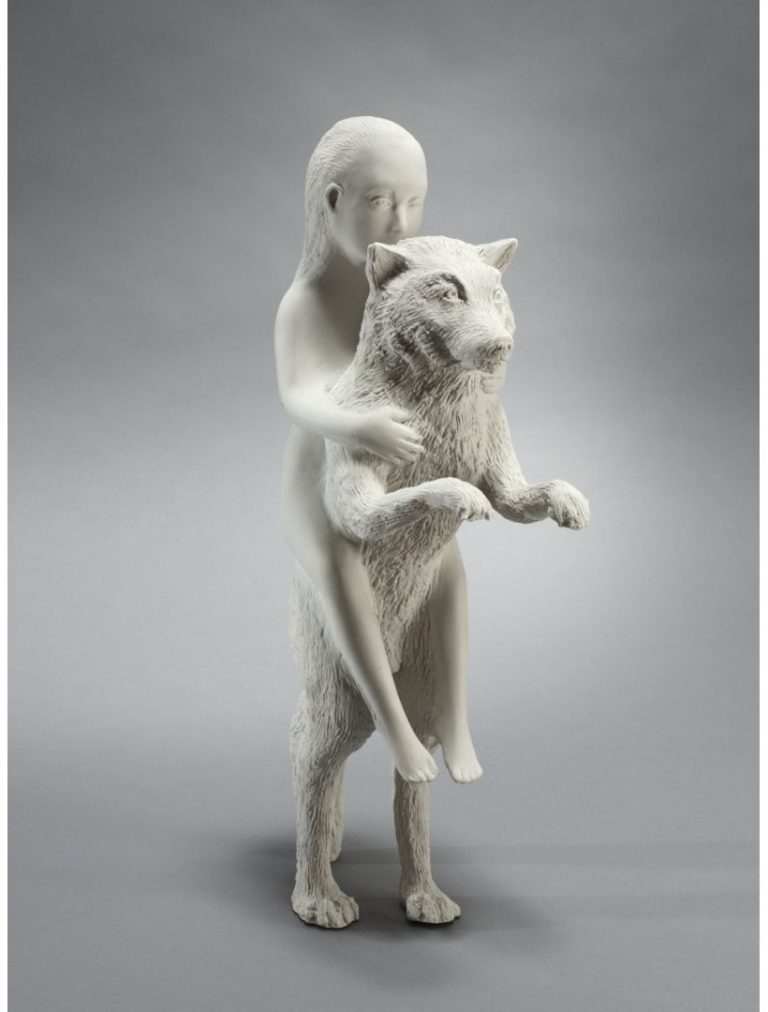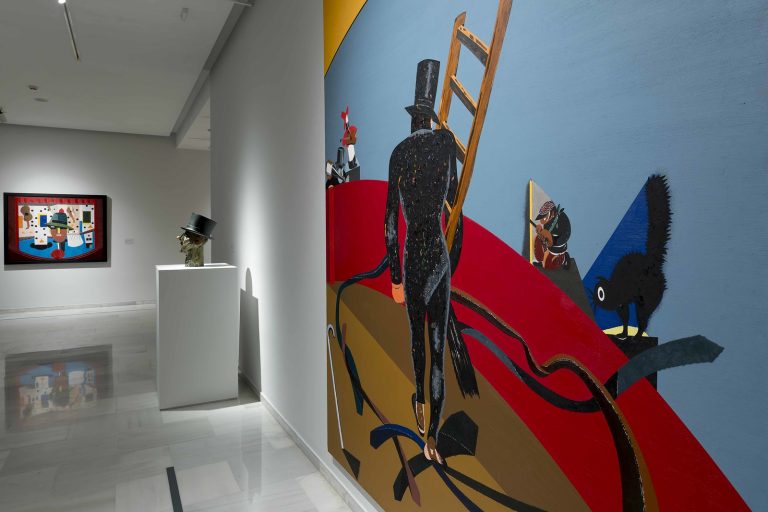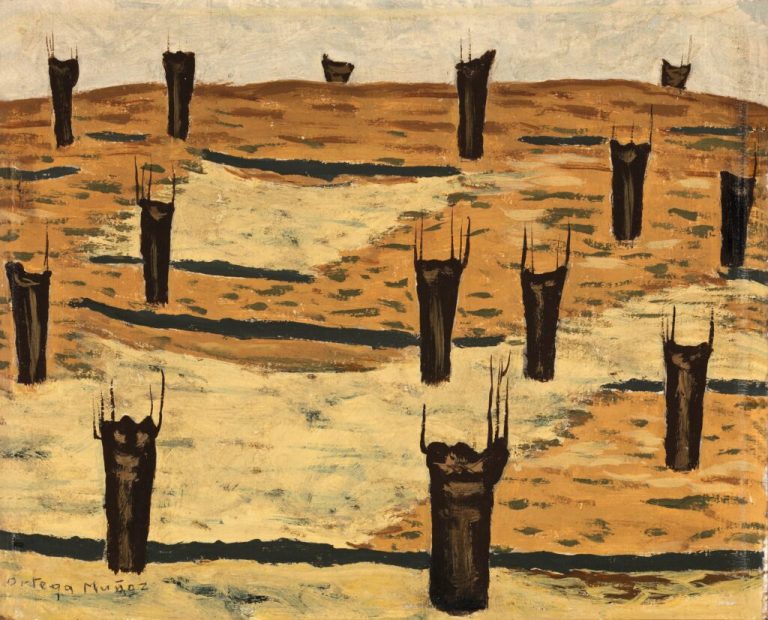Barcelona,
Well known in Spain, where she has offered projects at the Fundació Sorigué in Lleida, the Espai d'Art Contemporani in Castellón or the headquarters of Casa Asia in Barcelona, and where she is represented by the Nieves Fernández Gallery in Madrid, Chiharu Shiota creates installations that They generate their own spaces wherever they are shown: it is easy for the viewer to enter them, forgetting previous experiences in immersive interventions, because the characteristic threads of the Japanese artist's proposals incorporate an evident metaphorical value in relation to human connections, with our ways of communication; In short, with emotions.
She is also Shiota, who has lived in Berlin for years, a creator of performances in which she has been influenced by Ana Mendieta and other artists linked to the feminist movement of the early seventies: she uses her own body to establish links between individuals. and our past, in what has to do with memory but also with the land. Magdalena Abakanowicz and Muraoka Saburo are also reference figures for her.
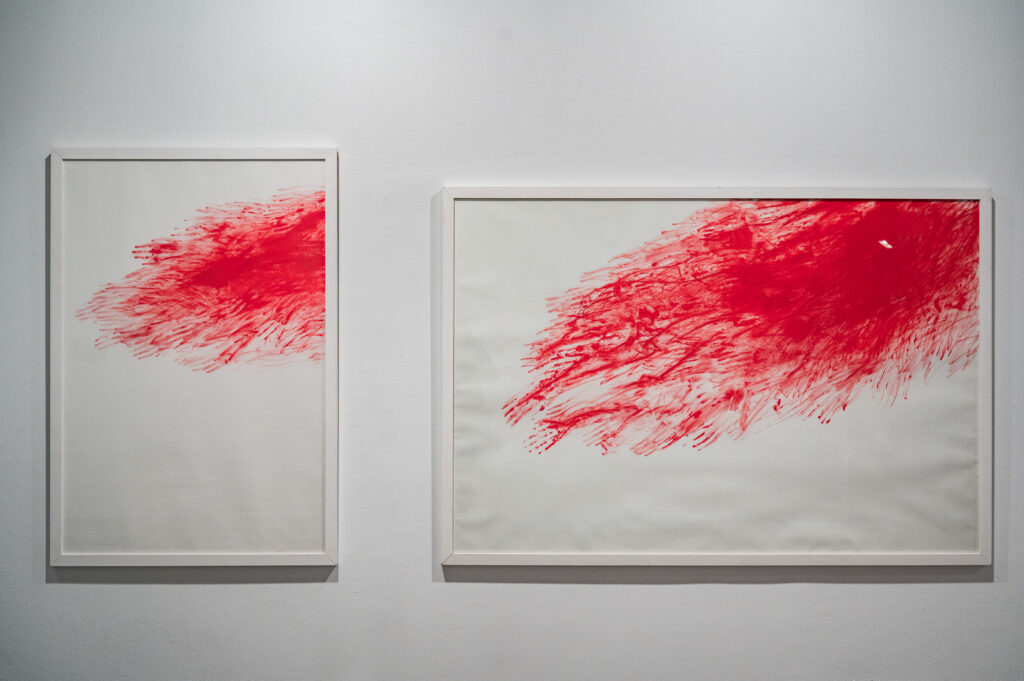
Since last March 22, and within the framework of the commemorations of the centenary of Tàpies's birth, the Catalan Foundation has dedicated the exhibition “Each person, a universe” to him, which makes it possible for his work to dialogue, in a physical sense. , with the architecture of this institution, and in another symbolic one with Tàpies' own production, who applied very different scales to his work but also addressed in it the relationships between presence and absence or between our time and the past, in addition to claiming the importance of memory. We can say that both (half a century separates them) came to formulate in their creations fundamental questions about the human condition from everyday objects; that both have alluded to death recurrently, surely in relation to the significant illnesses they suffered; and who were equally interested in the concept of a wall, whether as a border or as a source of testimonies from past times, with a representative value.
Precisely death, and trauma or suffering, are the backbone issues of this exhibition, curated by Imma Prieto: if the Spanish author, as he explained in his texts, understood that the dramas suffered by adults found a certain reflection in the walls that came out their encounter, Shiota has sought to bring pain to its facilities, always considering that it is part of life, as well as its end itself, which she does not conceive as an outcome, but as a transition to a different state that gives us access to a larger universe but that is part of our same dimension. After suffering from serious cancer since 2005, he wrote to Mami Kataoka, director of the Mori Art Museum in Japan: With death before me, I realized that there was a world shared by the universe inside me and by what is outside. And then, at a certain moment, it occurred to me that my body was the closest to that universe. Perhaps when our time is up, we completely dissolve into that universe. Perhaps death is not a return to nothingness but, rather, a matter of integrating ourselves, beyond the extinction of life, into death, into a fusion into something larger than ourselves. This is how I began to incorporate death into my work: death not as an end, but as something equivalent to life.
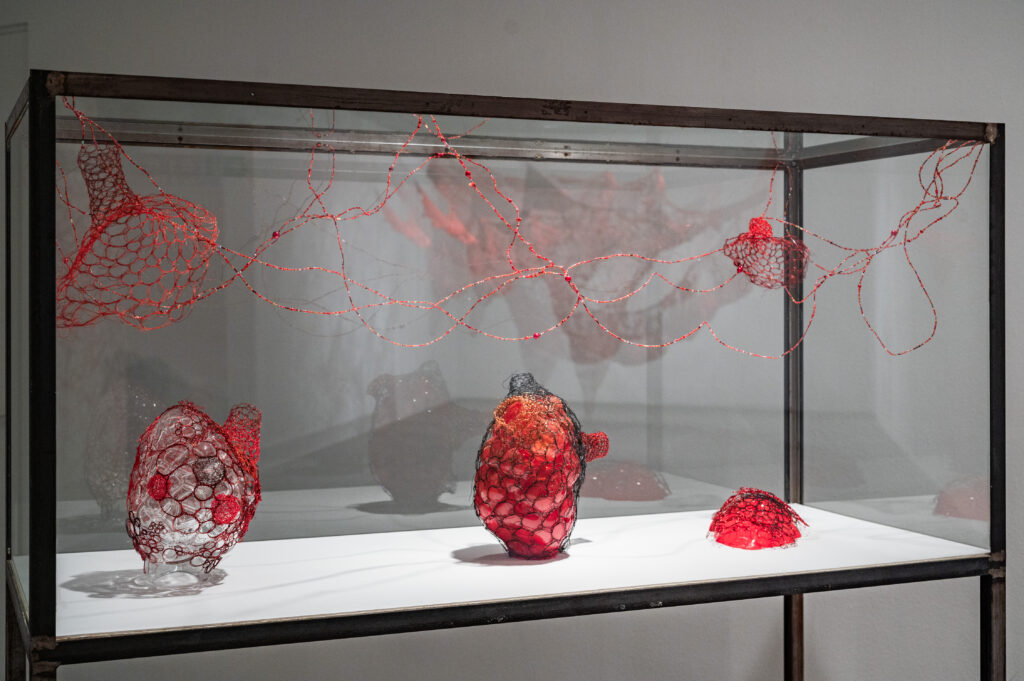
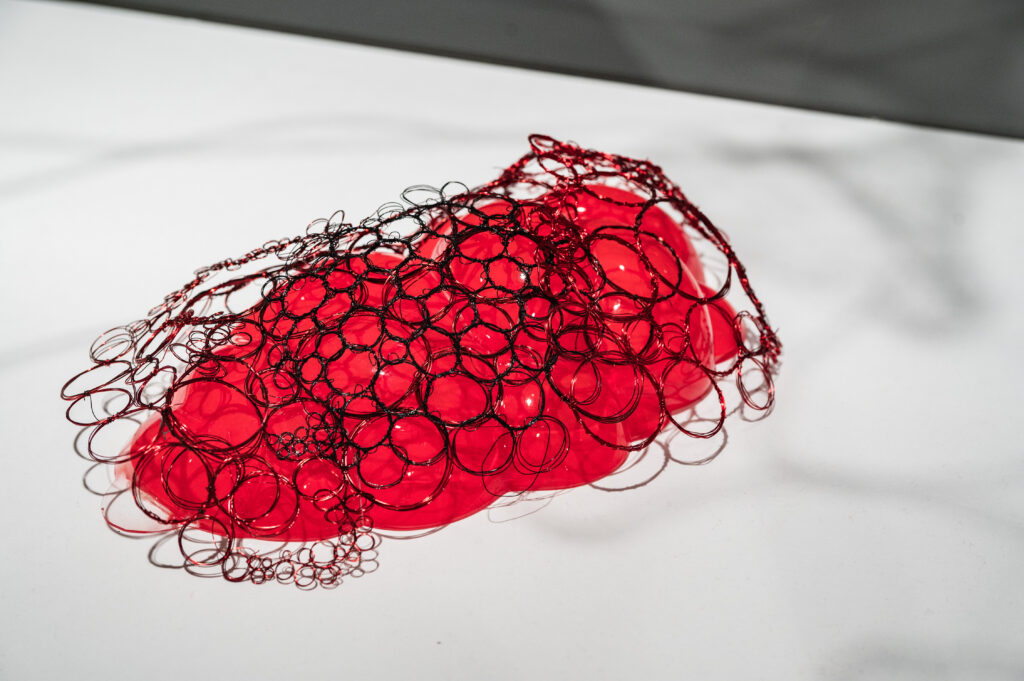
After her illness, the Japanese woman began to introduce body parts into her works to suggest presences, in the same way that her beds, shoes or chairs evoke absent individuals, sometimes in possible conversation; It is evident in this new project in Barcelona, which includes more than forty seats found in flea markets and thousands of balls of wool. These members communicate more from their fragmentation than from their union: My art has changed since I was sick. To cure me, they removed my body, cut it into pieces, and put it back together. This has changed the relationship I have with him and, after recovering, I made bronze casts of my arms, hands, feet and legs. I wanted to scatter my body parts on the floor. The body is in pieces, but each individual part expresses more emotion than the entire body could convey.. There is also no shortage of its characteristic red threads, which refer to another organicity, that of our blood vessels as a metaphor for those human connections, intricate and complex, that link one society to another. The micro and the macro, also the interior and the exterior, are thus unified in Shiota's creations in balance, emphasizing that intermediate zones are possible and from a particular sense of order, compatible with the labyrinthine appearance of his interventions.
This exhibition is made up of two installations, two works on paper and five sculptures that praise the intimate and vulnerable (hence their use of glass or wire), the transitory and interrelated of any life; The actions of weaving and unraveling threads, like drawing, are conducive to the introspection that her work invites, almost a pica in Flanders in a time marked by the consumption of more or less superficial and uncertain images and words.
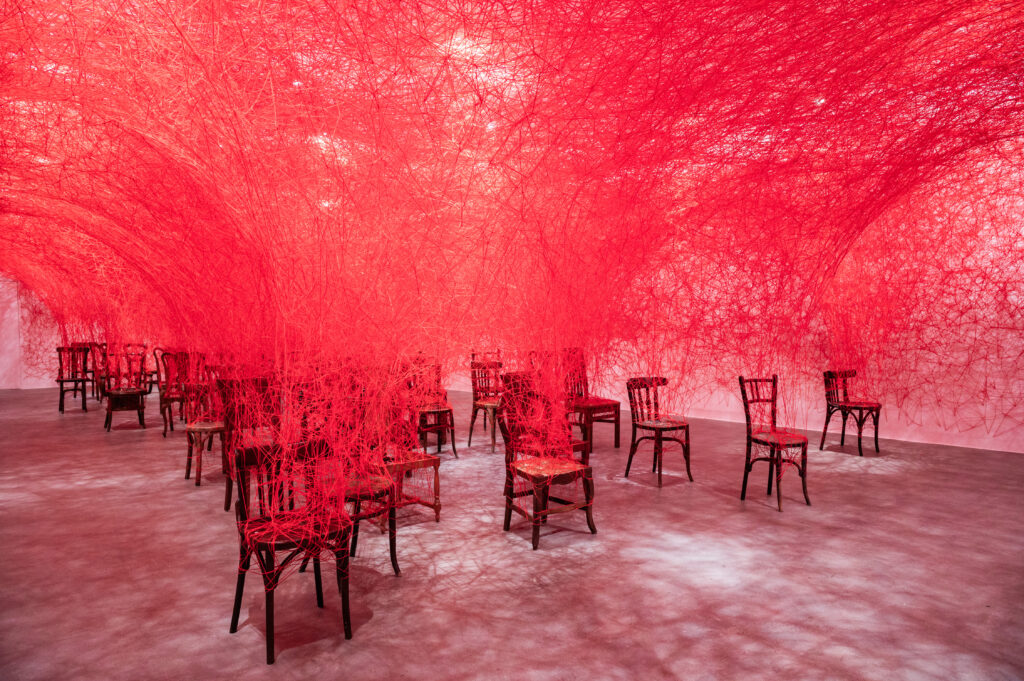
Chiharu Shiota. “Each person, a universe”
ANTONI TÀPIES FOUNDATION
Carrer d'Aragó, 255
Barcelona
From March 22 to June 23, 2024




